What is Japan like?
Welcome to Japan!
Japan is an island nation located in East Asia, surrounded by the sea. It is known worldwide for its unique culture, cuisine, stunning natural beauty, and rich history. Here, we will share the many attractions of Japan.
 Japan
Japan
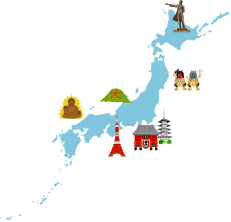
Official Language: Japanese
No legally designated language.
Time Zone: UTC+9
Religion: Shinto, Buddhism, Christianity, and Others
Capital: Tokyo
Not legally defined.
Currency: Japanese Yen (JPY)
What is Japan like?
MENU
Japanese Culture
Japanese culture is highly regarded worldwide for its fusion of tradition and modernity.
In terms of tradition, there are beautiful dances (舞), colorful kimonos (着物), and delicate wagashi (和菓子).
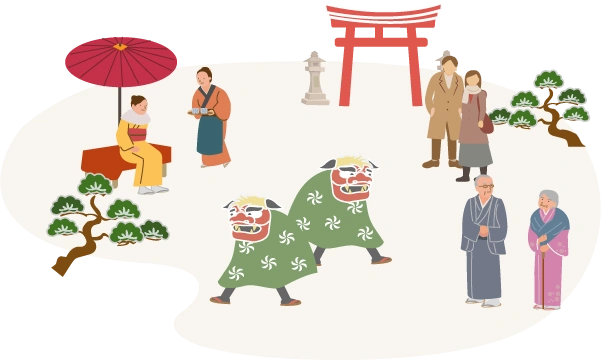
beautiful dances
Traditional beautiful dances are highly captivating for their elegance, delicacy, and profound cultural significance.
These dances represent aspects of Japan’s history, mythology, nature, and seasonal changes, inviting viewers into the rich world of Japanese culture.
Noh and Kyogen
"Noh and Kyogen" (能と狂言) are traditional Japanese theatrical arts characterized by beautiful dances.
Noh tells stories through refined movements and symbolic gestures, while Kyogen includes lighter, more comedic elements to entertain the audience. These performances use special costumes and masks (Noh masks), enabling highly intricate expressions.

Japanese Traditional Dance
"Nihon Buyo" (日本舞踊) is one of Japan's traditional dances.
It is characterized by emotional storytelling, expressive hand movements, and graceful postures, though the style varies depending on the school or tradition.
Dancers often wear kimonos and frequently use props such as fans or umbrellas.
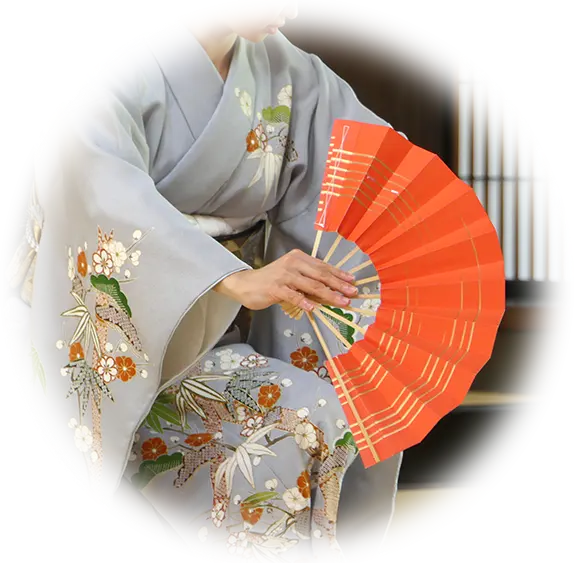
Bon Odori
"Bon Odori" (盆踊り) is a traditional folk dance often seen at summer festivals in Japan.
It is performed to honor the spirits of ancestors and celebrate a bountiful harvest, with participants dancing in a circle.
Bon Odori varies in style depending on the region and is characterized by its accessibility and welcoming nature, making it easy for anyone to join.
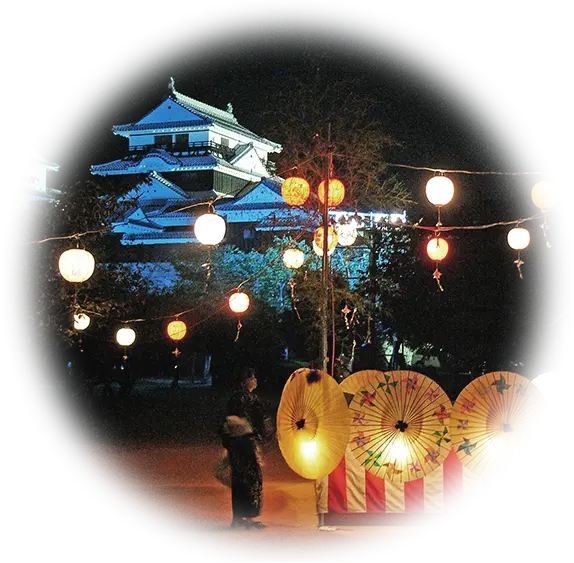
Colorful Kimonos
Kimonos (着物) are traditional Japanese clothing, renowned worldwide for their beauty and distinctive style.
They are characterized by beautiful patterns and vibrant colors, traditionally made from natural materials such as silk, cotton, and wool.
Recently, casual kimonos are also made from synthetic fibers like polyester.
Overall, they are comfortable to wear and come in various types suited to different seasons.
The Appeal of the Obi
Another fascinating aspect of kimonos is the "obi" (帯), a decorative sash.
In ancient times, a simple thin cord was used to secure the kimono, but over time, the obi became more decorative.
Especially for women, wide obis offer a variety of tying styles, significantly altering the overall look of the kimono.
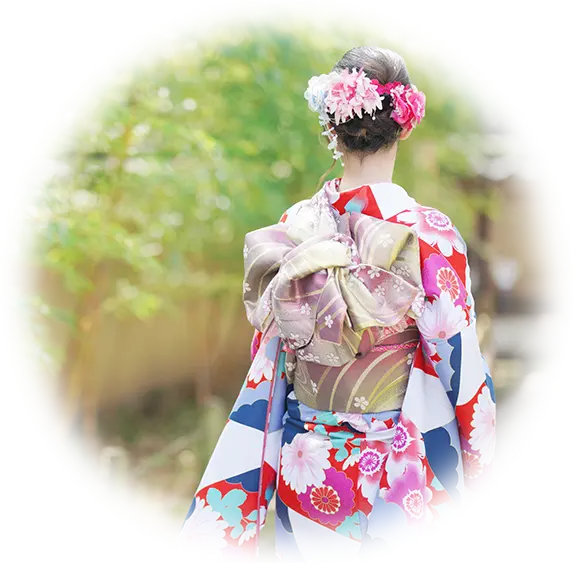
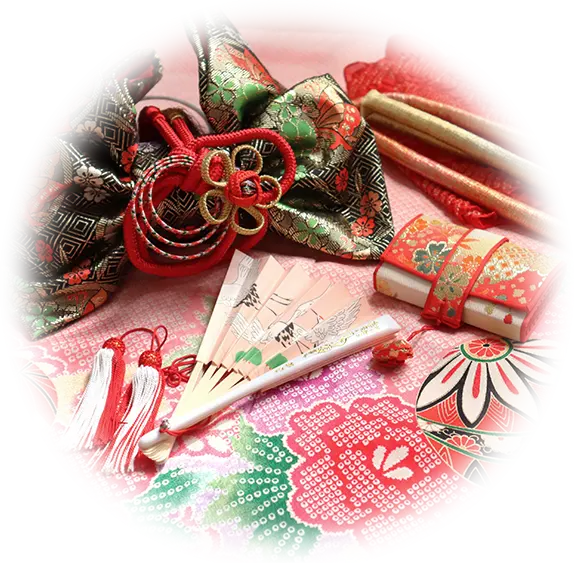
Traditional Ceremonies
Kimonos are also symbolic of Japanese culture and tradition and are often worn for special occasions.
They are commonly worn at weddings, coming-of-age ceremonies, tea ceremonies, and flower arrangement events.
On such occasions, the hairstyle and accessories are also coordinated to create a complete ensemble.
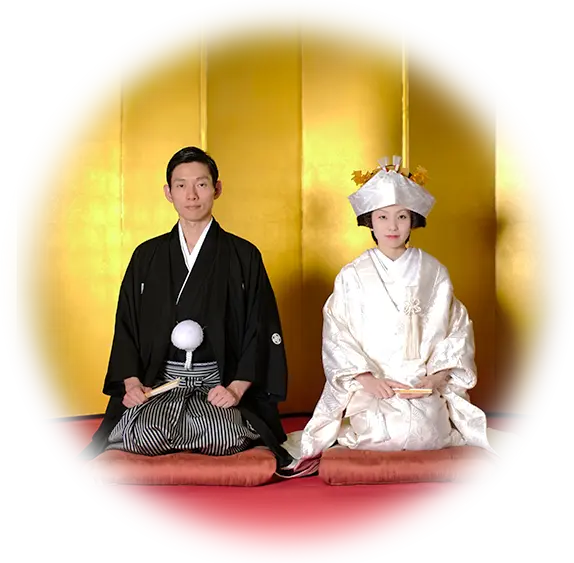
delicate wagashi
Wagashi (和菓子) are traditional Japanese sweets, and particularly, "jo-namagashi" (上生菓子) are known for their delicate flavors and artistic beauty.
These sweets emphasize expressing the beauty of nature and are characterized by designs that reflect seasonal changes.
For example, in spring, wagashi often mimic cherry blossoms, while in autumn, they may be designed to resemble maple leaves.
Delicate Flavors
The main ingredients of wagashi include red bean paste (小豆の餡), rice flour, sugar, and agar.
These are relatively simple ingredients, but when combined in perfect balance, they create refined and delicate flavors.
In particular, red bean paste is a signature taste of wagashi, known for its sweetness and rich flavor.
Jo-namagashi are also visually stunning, featuring vibrant colors and intricate decorations.
These sweets reflect Japan's traditional aesthetic sense and reverence for nature, offering enjoyment not only in taste but also in appearance.
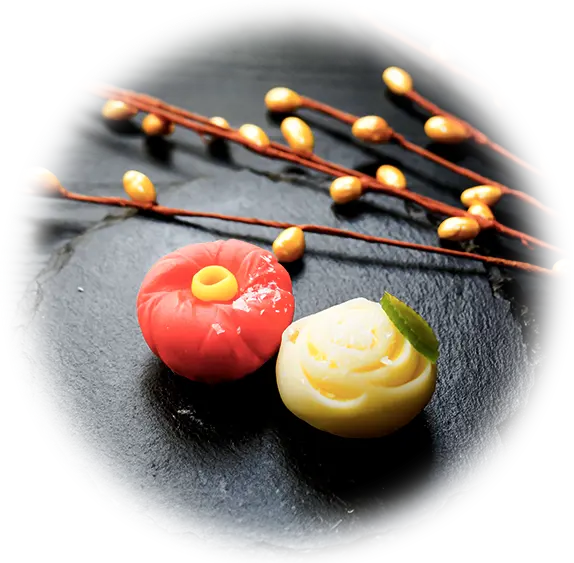
Tea Ceremony and Wagashi
A significant feature of jo-namagashi (上生菓子) is their connection with the Japanese tea ceremony (茶道).
In Japanese tea ceremonies, jo-namagashi are often served alongside matcha (抹茶), a powdered green tea.
The bitterness of matcha and the sweetness of jo-namagashi create a perfect harmony of flavors.
These are the result of a long history and refined craftsmanship.
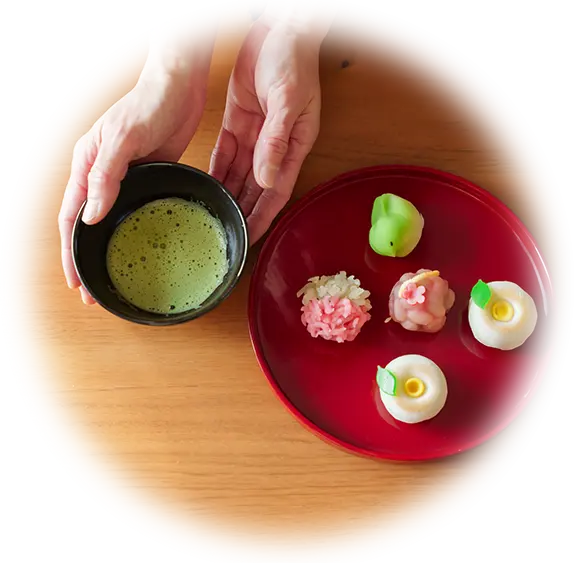
Popular among young people!
The Appeal of
Modern Japan
On the other hand, modern Japanese culture, particularly pop culture, is also highly acclaimed.
Anime and manga are loved not only in Japan but also by young people worldwide, spreading as a new facet of Japanese cultural appeal.
These elements form a unique cultural identity that Japan proudly shares with the world.




Japanese Food Culture
Japanese food culture is known for its fresh seafood and traditional dishes.
Representative dishes include sushi (お寿司), ramen (ラーメン), and tempura (天ぷら).
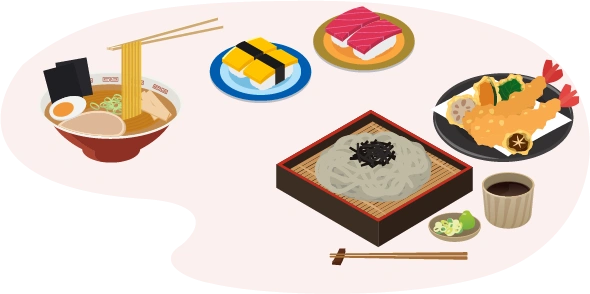
Representative Foods
In Japan, a variety of dishes can be enjoyed depending on the season.
In spring, there are "hanami bento" (お花見弁当) to enjoy under the cherry blossoms; in summer, cold noodles; in autumn, freshly harvested rice and chestnuts; and in winter, hot pot dishes (鍋料理).
Seasonal ingredients and dishes are abundant and diverse.
Sushi
Sushi (お寿司) is considered one of Japan's most iconic dishes and is popular worldwide.
It is made by thinly slicing fresh seafood and serving it either hand-formed or rolled with sushi rice.
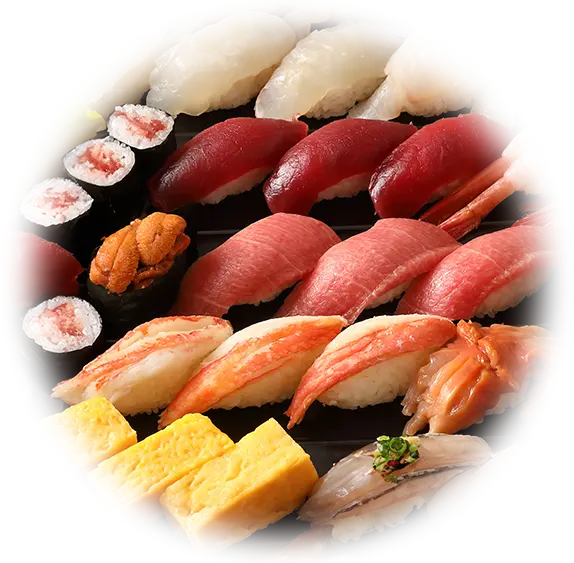
Ramen
Ramen (ラーメン) is a Japanese fast food characterized by its noodles and soup, with different flavors and ingredients depending on the region.
Its origin traces back to noodle dishes from China, which were uniquely developed in Japan.
There are various types, including rich tonkotsu (pork bone) soup and lighter soy sauce-based soups.
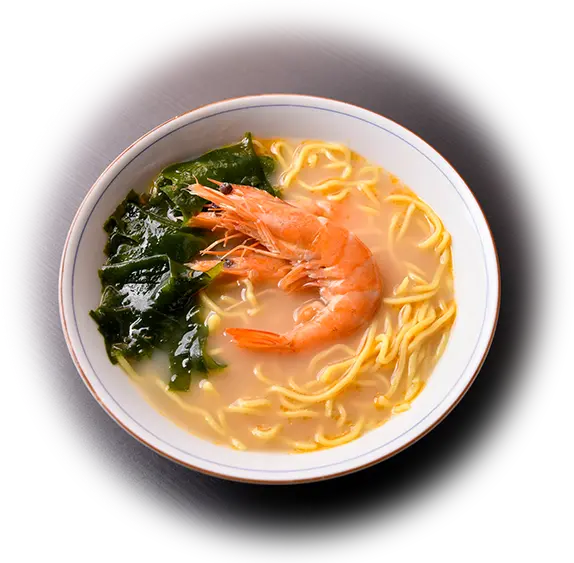
Tempura
Tempura (天ぷら) is another dish that symbolizes Japanese food culture.
It consists of vegetables or seafood coated in a light, crispy batter and deep-fried.
It is commonly eaten with a special dipping sauce called "tentsuyu" (天つゆ).
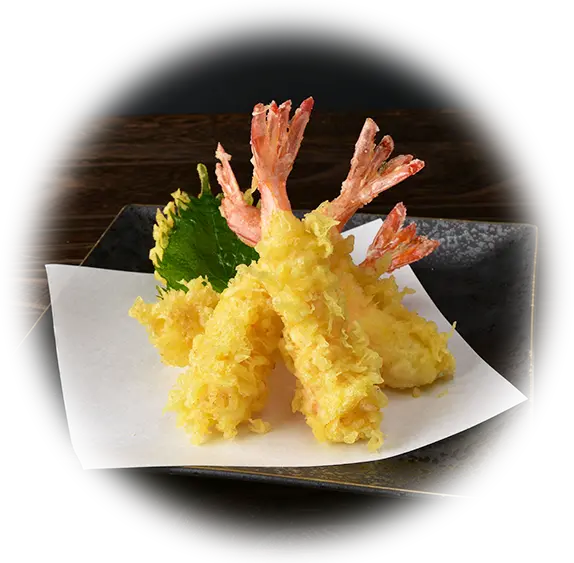
Japanese Tea
Japanese tea (日本茶) is also one of the representative beverages of Japanese food culture.
It is deeply connected to Japanese culture and widely consumed in everyday life.
There are many types, such as matcha (抹茶) and sencha (煎茶), allowing people to enjoy different teas depending on the season or region.
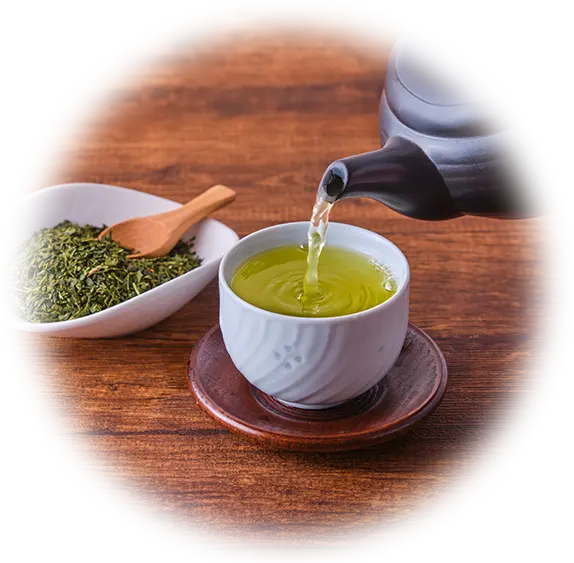
Japanese cuisine often features flavors that are easy for foreigners to enjoy.By tasting these dishes, you can experience the richness and uniqueness of Japanese food culture, and you are sure to love it.

Japanese Geography
Japan (日本) is an island nation composed of islands of various sizes.
It is broadly divided into four main regions: Hokkaido (北海道), Honshu (本州), Shikoku (四国), and Kyushu (九州).

Hokkaido





Hokkaido (北海道), located in the northernmost region of Japan, is an area known for its expansive natural landscapes. In winter, it receives abundant snowfall, making it a popular destination for winter sports such as skiing and snowboarding.
In summer, its vast lands bloom with beautiful flower fields and farmland, attracting many tourists who come to enjoy the magnificent scenery.
-

Shimaenaga in winter -
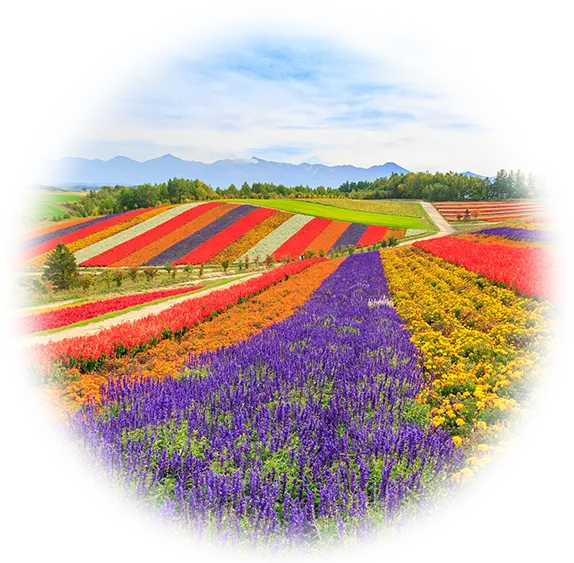
Lavender fields in summer -

Red-crowned cranes in Kushiro Wetlands -
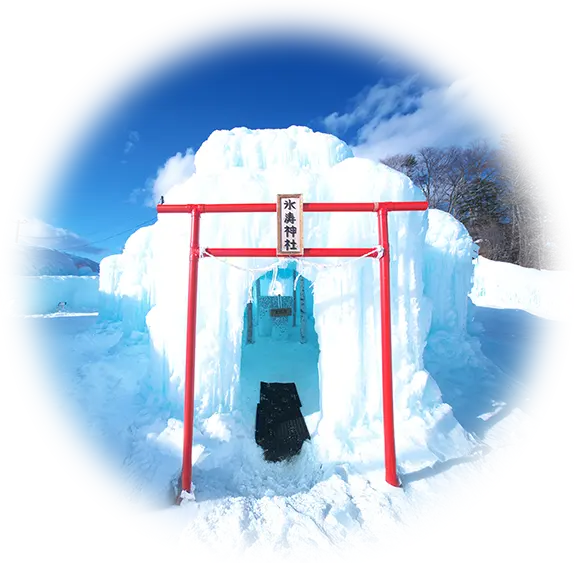
Shikotsuko Ice Festival -

Sunflower fields in Hokuryu Town
Honshu





Honshu (本州) is the largest area containing the biggest island in Japan. It is home to major cities like Tokyo (東京), Osaka (大阪), and Kyoto (京都), serving as the center of Japan's politics, economy, and culture.
Additionally, in historic cities like Kyoto (京都) and Nara (奈良), you can find many ancient temples and shrines, allowing you to experience Japan's traditions and history.
-

Tokyo's night view -
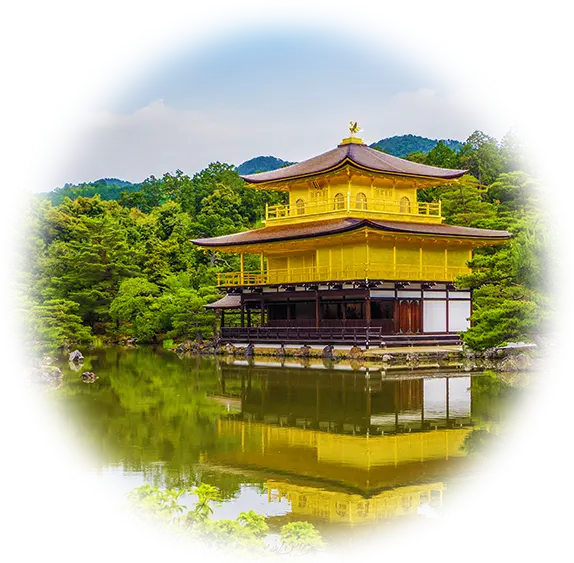
Kinkaku-ji Temple -
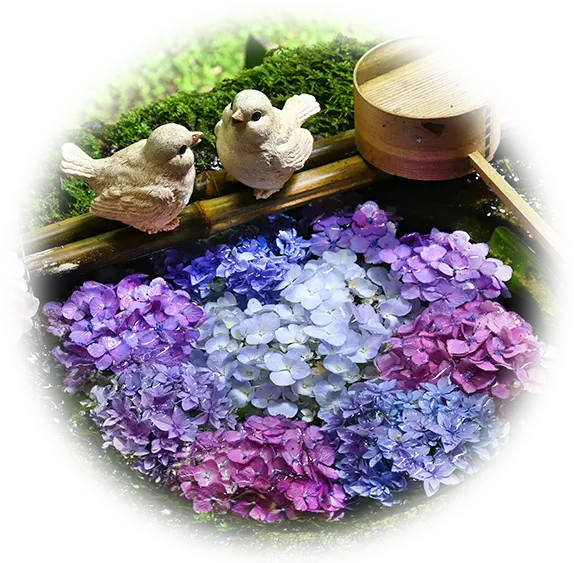
Hydrangea flower display at Yōkoku-ji Temple, Nagaokakyō, Kyoto -
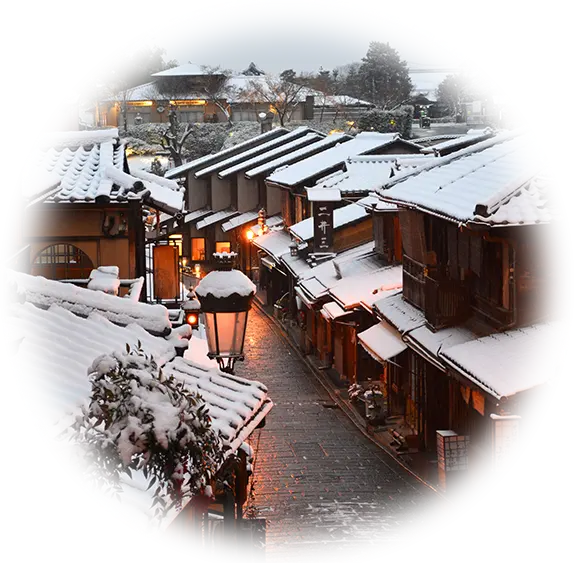
Snowy Ninenzaka, Higashiyama, Kyoto in January
Shikoku







Shikoku (四国) is much smaller than Honshu but captivates many tourists with its beautiful hot spring resorts and historic temples.
In particular, the Shikoku Pilgrimage (四国八十八箇所), a journey visiting 88 sacred sites, is famous for its historical temples.
-
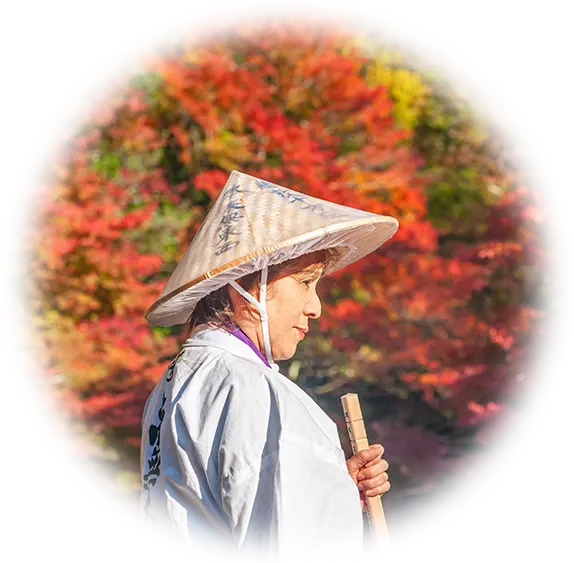
Shikoku Pilgrimage pilgrim -
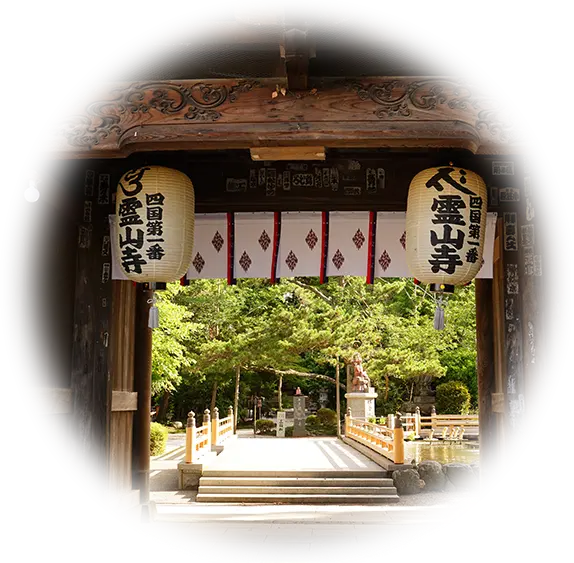
Gate of Ryōzen-ji Temple -
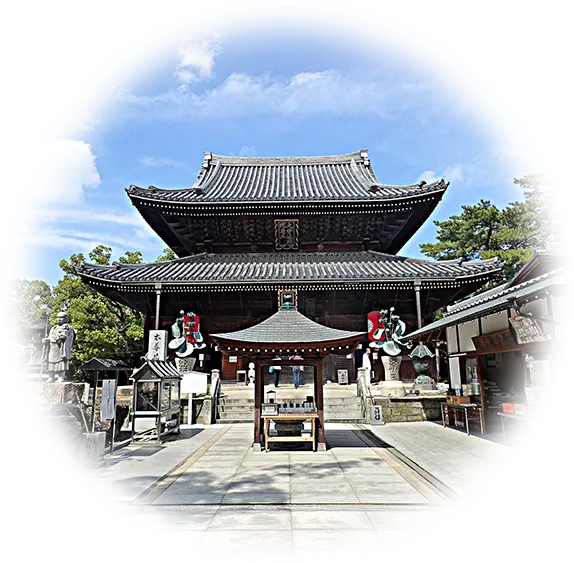
Main Hall of Zentsū-ji Temple, Shikoku -
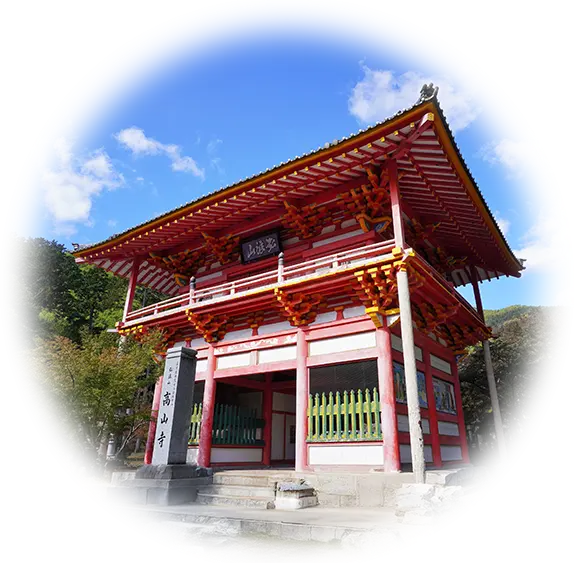
Looking Up at the Gate of Kozanji Temple
Kyushu




Kyushu (九州) is located in the southern part of Japan and is characterized by a warm climate and rugged, beautiful coastlines.
It has many volcanoes and hot springs, with Beppu (別府) and Kagoshima (鹿児島) being particularly well-known as hot spring resorts.
Additionally, Kyushu is home to historic castles and regions with unique cultures, offering a glimpse into Japan's diversity.
-
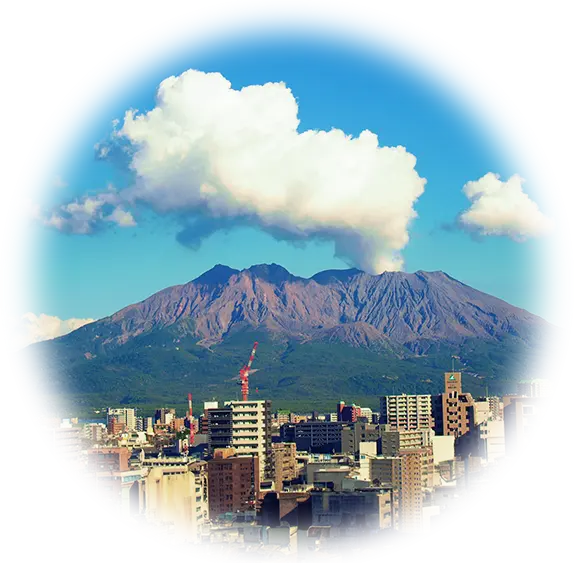
Volcanic smoke from Sakurajima -
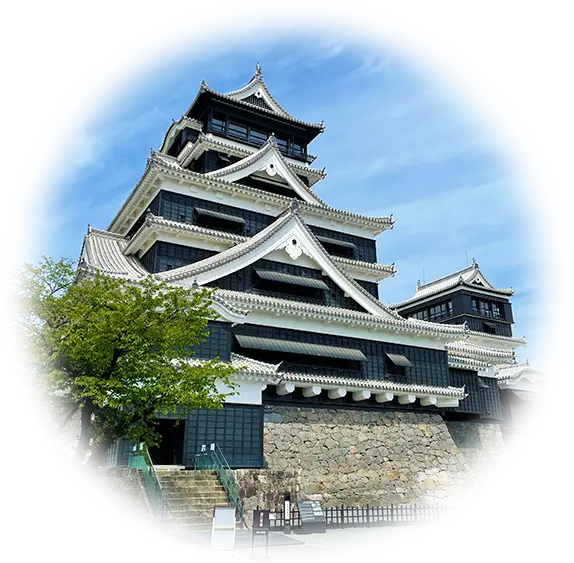
Kumamoto Castle in Clear Skies -
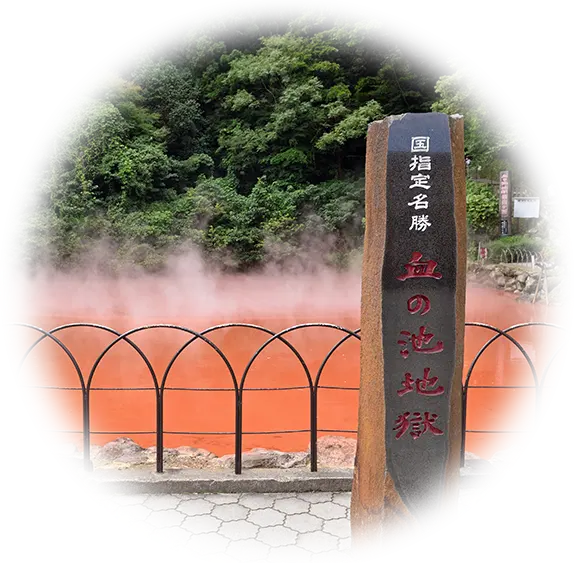
Beppu Hell Tour -
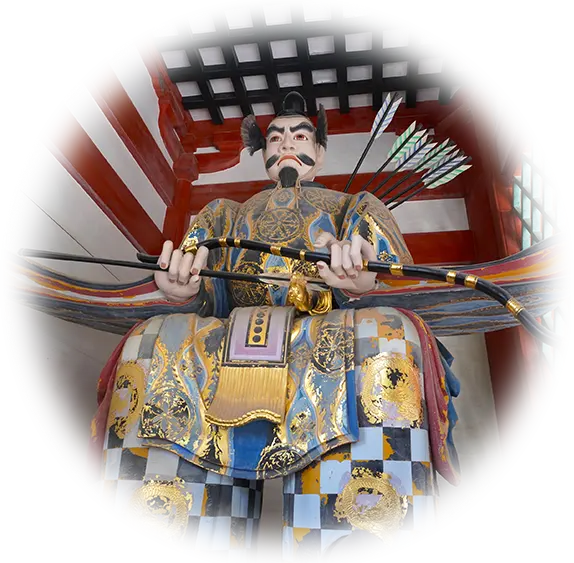
Zuishin Statues at Dazaifu Tenmangū"
Each of these islands has its own unique charm, shaping Japan's diverse nature and culture.
Japan's geography captivates people around the world with its beauty and diversity.

Explore Japan's geography in more detail!
Japanese Education System
Japan is home to many highly acclaimed educational institutions recognized worldwide.
You can choose from universities, junior colleges, and vocational schools based on your field of interest and goals.

Jobs and Visas in Japan
Japan provides comprehensive career support for international students, offering numerous internship opportunities at multinational and Japanese companies.
This allows students to gain valuable skills and experience needed to work in Japan.

Summary
Studying abroad is the start of a new adventure. Studying in Japan offers a fantastic opportunity to learn about the culture and language.
It is also a chance for personal growth.
During your stay, you will explore Japanese towns, experience historical buildings, and the landscapes of modern cities.
Participating in festivals and events will deepen your understanding of the culture.
You may also make friends and connect with nature along the way. These experiences will broaden your horizons and enrich your life.
Interacting with people from different cultural backgrounds will make your study abroad experience more fulfilling and help you grow into a globally minded individual.
Studying in Japan is not just an academic pursuit but also a journey of cultural exploration and personal development.
Take this step into a new adventure and seize this wonderful opportunity to enrich your life.



